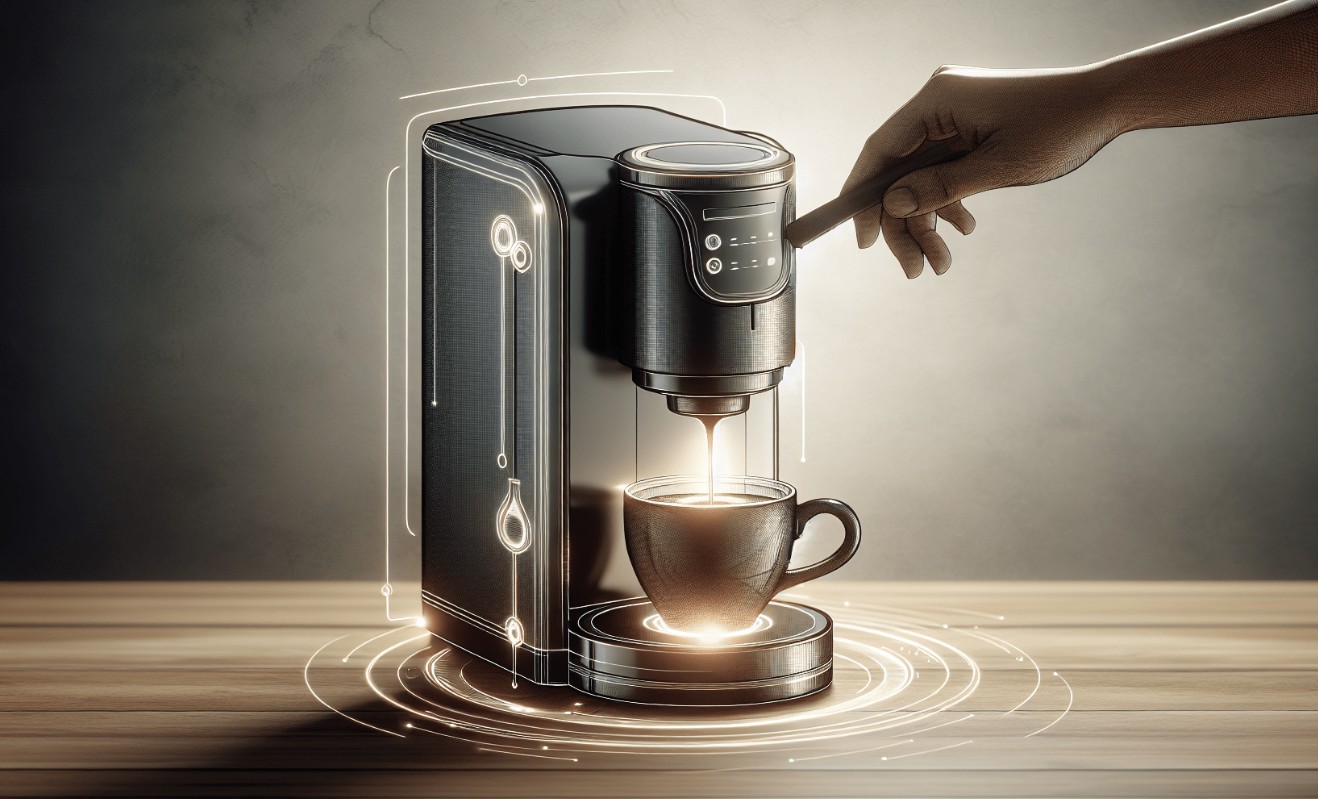Smart devices have become an integral part of modern life, seamlessly blending technology into everyday activities. From managing household chores to enhancing communication and entertainment, these devices offer convenience, efficiency, and even a bit of fun. But for beginners, the world of smart devices can seem overwhelming. With so many options, technologies, and integrations to explore, knowing where to start can be challenging. This guide provides an introduction to smart devices and practical tips on how to embrace living in a connected world.
What Are Smart Devices?
Smart devices are electronic gadgets that connect to the internet and other devices, enabling them to collect, share, and act on data. These devices are equipped with sensors, processors, and communication technologies like Wi-Fi, Bluetooth, or Zigbee. They can perform tasks autonomously, respond to voice commands, and even learn from user behaviors over time.
Examples of smart devices include:
- Smartphones: The hub of most connected ecosystems.
- Smart home devices: Thermostats, lights, security cameras, and more.
- Wearables: Fitness trackers and smartwatches.
- Entertainment gadgets: Smart TVs and speakers.
- Connected appliances: Refrigerators, ovens, and robotic vacuums.
Benefits of Smart Devices
1. Convenience
Smart devices simplify daily routines by automating tasks. For example, a smart thermostat adjusts the temperature based on your preferences, and a robotic vacuum cleans your floors while you’re at work.
2. Efficiency
Connected devices can help save energy and resources. Smart plugs, for instance, turn off devices when they’re not in use, while smart lights can be programmed to turn off when no one is in the room.
3. Security
Smart security systems provide real-time alerts and remote monitoring, giving you peace of mind whether you’re home or away. Video doorbells, motion detectors, and smart locks are common examples.
4. Personalized Experiences
Many devices learn from your habits and preferences. A smart speaker might suggest music playlists based on your listening history, while a wearable fitness tracker tailors health insights to your activity levels.
5. Connectivity
By connecting multiple devices in an ecosystem, you can control everything from one app or central hub, like a smartphone or voice assistant.
Getting Started with Smart Devices
1. Choose a Smart Ecosystem
Smart devices work best when they’re part of an integrated ecosystem. Popular ecosystems include:
- Amazon Alexa: Works with Echo devices and a wide range of third-party gadgets.
- Google Assistant: Compatible with Google Nest products and other smart home devices.
- Apple HomeKit: Designed for Apple users, integrating seamlessly with iPhones, iPads, and Siri.
Choosing a primary ecosystem ensures that your devices can communicate effectively with each other.
2. Start Small
For beginners, it’s best to start with a few key devices before diving into a fully connected home. Popular starting points include:
- Smart speakers (e.g., Amazon Echo, Google Nest Mini): These act as voice assistants and central hubs for other devices.
- Smart lights (e.g., Philips Hue, LIFX): Easy to set up and control via apps or voice commands.
- Smart plugs: Turn any regular appliance into a smart device by controlling it remotely.
3. Set Up and Integrate Devices
Most smart devices come with easy-to-follow setup instructions. Typically, you’ll:
- Download the device’s companion app.
- Connect the device to your Wi-Fi network.
- Pair the device with your smart home ecosystem.
Be sure to create strong, unique passwords for your devices to protect your data and privacy.
4. Explore Automation and Routines
Once your devices are set up, experiment with automation. For example:
- Create a morning routine where your smart speaker plays the news, your coffee maker starts brewing, and your lights gradually brighten.
- Set your smart thermostat to lower the temperature when you leave the house and raise it before you return.
These automations can save time, energy, and effort while enhancing your daily life.
Popular Categories of Smart Devices
1. Smart Home Devices
- Smart Thermostats: Learn your preferences and adjust heating or cooling automatically (e.g., Nest, Ecobee).
- Smart Lights: Change colors, dim, or schedule lighting from your phone or voice assistant.
- Smart Security Systems: Includes cameras, doorbells, and motion detectors for home monitoring.
2. Wearables
- Fitness Trackers: Monitor steps, heart rate, and sleep patterns (e.g., Fitbit, Garmin).
- Smartwatches: Provide notifications, fitness tracking, and health monitoring (e.g., Apple Watch, Samsung Galaxy Watch).
3. Entertainment Devices
- Smart TVs: Stream content from apps like Netflix, YouTube, and Disney+.
- Smart Speakers: Stream music, control devices, and answer queries (e.g., Amazon Echo, Google Nest Audio).
4. Connected Appliances
- Smart Refrigerators: Track inventory and suggest recipes.
- Smart Ovens: Allow remote control of cooking settings.
- Robotic Vacuums: Clean floors autonomously (e.g., Roomba, Roborock).
Security Tips for Smart Device Users
- Use Strong Passwords: Avoid default passwords and use a unique one for each device.
- Enable Two-Factor Authentication: Adds an extra layer of protection for your accounts.
- Regularly Update Firmware: Manufacturers release updates to fix vulnerabilities and improve performance.
- Secure Your Wi-Fi Network: Use a strong password and consider setting up a separate network for smart devices.
- Be Selective with Permissions: Only grant apps the permissions they genuinely need.
The Future of Smart Devices
As technology advances, smart devices will become even more integrated into daily life. Innovations like AI-driven assistants, improved interoperability, and energy-efficient designs will enhance convenience, security, and sustainability. Smart cities, powered by IoT (Internet of Things), are on the horizon, promising interconnected systems that optimize urban living.
Conclusion
Smart devices have the potential to transform your daily routine, making life more convenient, efficient, and enjoyable. By starting small, choosing the right ecosystem, and prioritizing security, you can create a connected environment tailored to your needs. As you explore the possibilities of smart technology, you’ll discover countless ways it can simplify tasks, save resources, and enhance your lifestyle. Welcome to the connected world—it’s only the beginning!
